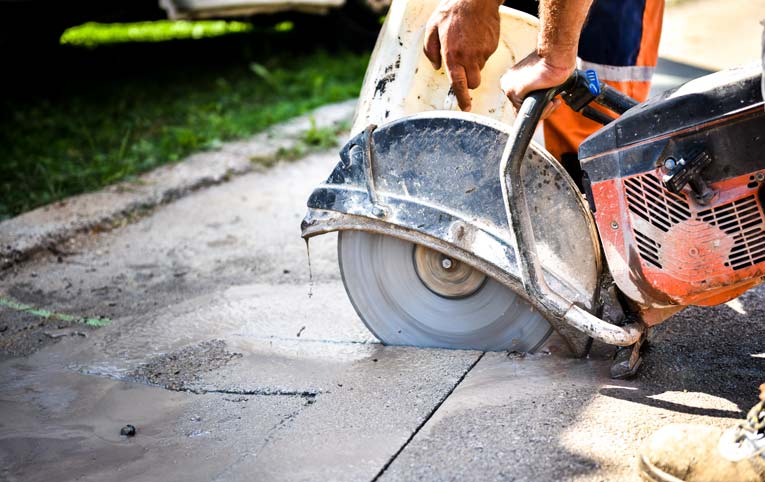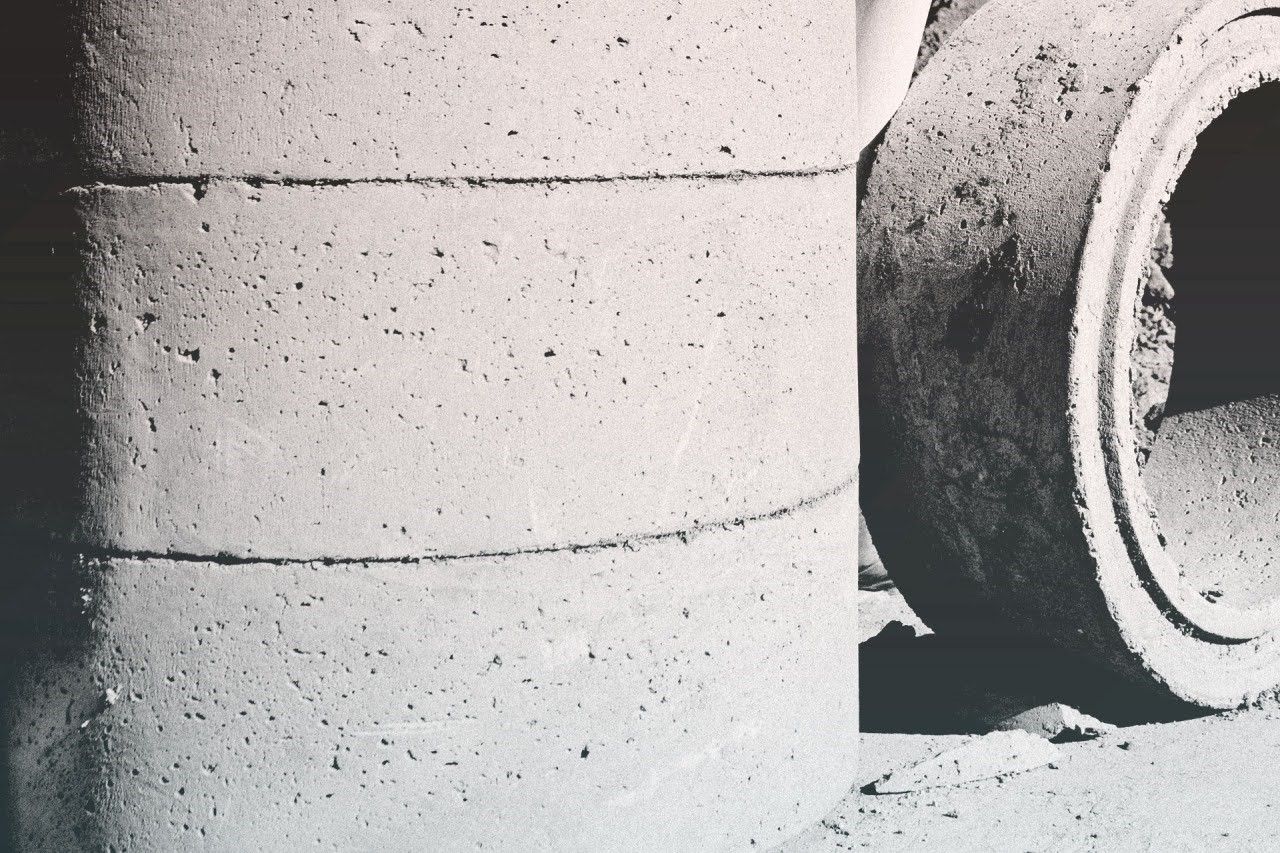A surprising number of construction projects involve cutting through pre-existing concrete. For instance, workers may need to create holes for utility lines. In other cases, contractors cut through concrete walls to create doorways or windows. The concrete saws used for such purposes break down into two main categories: dry saws and wet saws.
Certain concrete cutting jobs require a specific type of saw. Yet for other tasks, contractors often have a choice between dry and wet saws. If you would like to learn more about the factors that inform this choice, keep reading. This article outlines four key benefits of concrete wet saws.
Perhaps the single biggest drawback of dry concrete saws has to do with the massive amounts of dust they generate. Such dust not only makes it harder to see the concrete being cut but also poses a serious health threat to workers. Concrete contains a high silica content, and airborne silica dust can lead to the debilitating condition known as silicosis.
Silicosis reduces the breathing capacity of the lungs, leaving those affected chronically short of breath. In addition, studies have shown that continued exposure to silica dust also contributes to conditions like tuberculosis and lung cancer. Reducing dust exposure is, therefore, a vital aspect of workplace safety for those in the concrete-cutting industry.
Wet saws reduce the amount of dust concrete cutting produces by a whopping
85 percent. Dry cutting produced around 14.4 milligrams per cubic foot of dust. Wet cutting, by contrast, produced a mere 1.1 milligrams per cubic meter. Instead of becoming airborne, the particles created by cutting entered the water flow and washed safely away from the cutting area.
The water used in wet cutting does more than just control dust — it also helps to regulate the temperature of the cutting blade. During dry cutting, saw blades quickly become superheated as the result of the massive amounts of friction generated. This heat poses serious problems for the blade, which may even break apart under such thermal stress.
Flying pieces of blade can easily harm saw operators or those nearby. Furthermore, the heat of dry cutting severely cuts down on the lifespan of the concrete blade. Contractors thus have to replace blades more frequently, increasing overall operating costs. The constant stream of water in wet cutting cools the saw blade during use, thus minimizing such problems.
Of course, to fully optimize blade life, contractors must ensure adequate water pressure when wet cutting. The flow of water protects the blade by not only cooling the blade but also washing away the abrasive materials generated by cutting. Insufficient water pressure leaves more of this slurry behind, leading to premature wear.
When dry cutting, contractors frequently have to stop cutting in order to let the blade cool down. Such stop-and-start cutting tends to produce sloppier results, making it harder to line up cut lines precisely. Wet cutting allows contractors to work without the need for frequent cool downs, ensuring neater and more continuous results.
Dry sawing produces cuts whose inner edges often have a rough or jagged nature. In jobs requiring smooth results, workers often have to go back and finish rough edges manually, using chisels and hammers to produce more uniform sides. This finishing process can be just as time-consuming as the sawing itself.
Wet saws generate straighter and smoother cuts the first time around, even when completing relatively deep cuts. As a result, contractors can avoid time-consuming finishing work, bringing projects to completion in shorter amounts of time. For more information about the benefits of wet cutting, please
contact the concrete experts at Capitol City Concrete Cutters.


